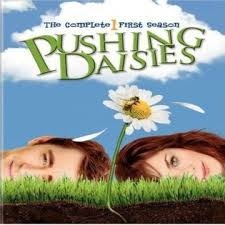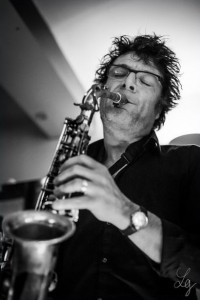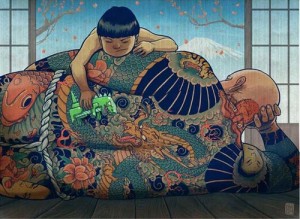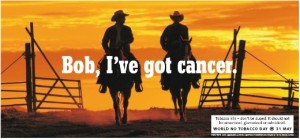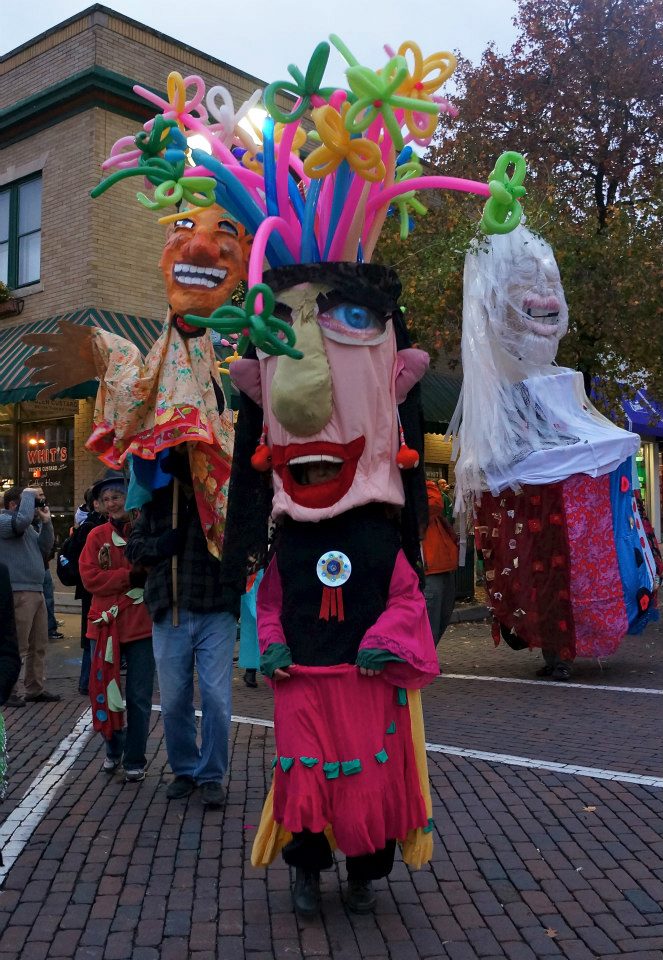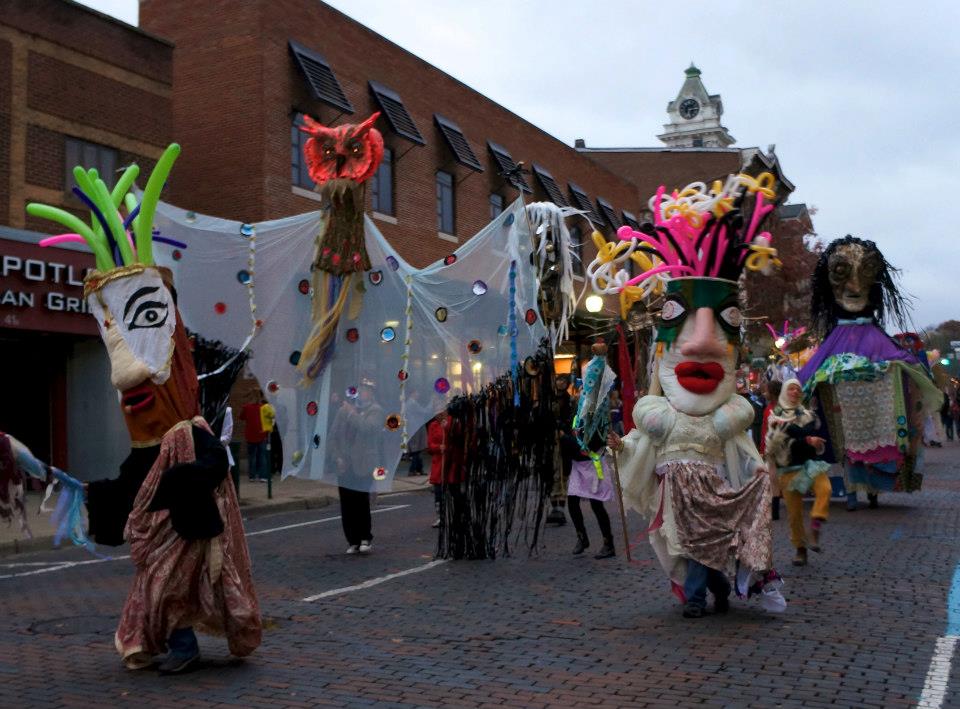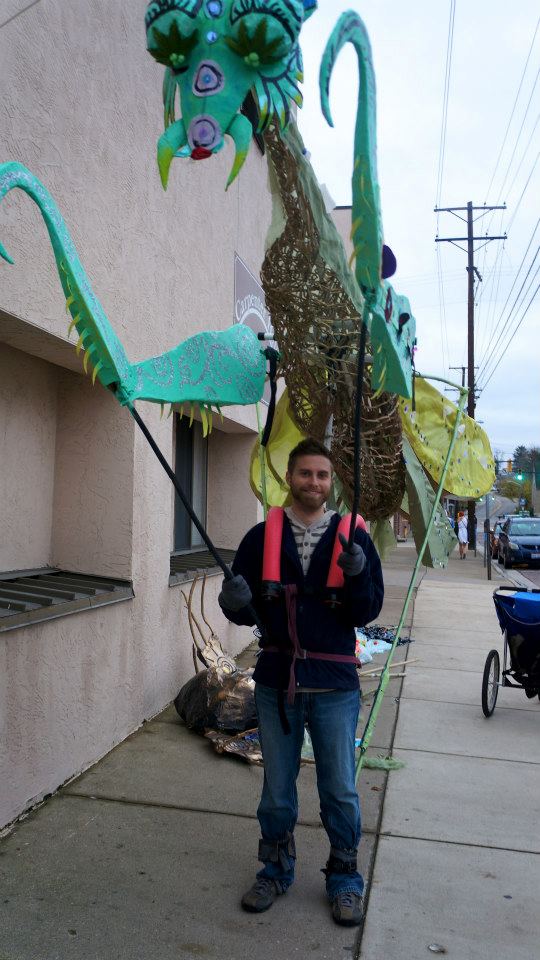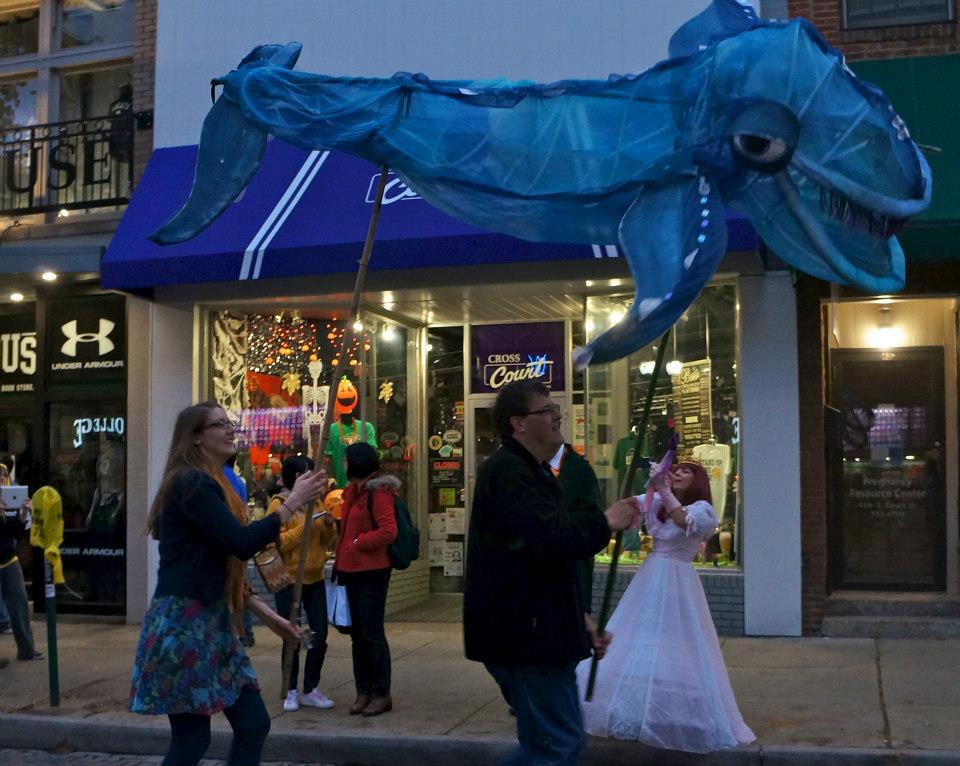 When I say Mrs. Dalloway is unforgettable, I don’t mean that I didn’t accidentally leave my copy by my bedside table on a day I was supposed to teach with it. Two days, in fact. It’s the beginning of the semester, and my students keep calling me “Doctor” like we’re suddenly in a hospital. I have a last name, but maybe they’ve forgotten it and are embarrassed about asking. For my part, I was afraid to ask them for page numbers and look like an idiot professor who forgets his book (twice); therefore I kept beginning my questions with, “Just off the top of your head…”
When I say Mrs. Dalloway is unforgettable, I don’t mean that I didn’t accidentally leave my copy by my bedside table on a day I was supposed to teach with it. Two days, in fact. It’s the beginning of the semester, and my students keep calling me “Doctor” like we’re suddenly in a hospital. I have a last name, but maybe they’ve forgotten it and are embarrassed about asking. For my part, I was afraid to ask them for page numbers and look like an idiot professor who forgets his book (twice); therefore I kept beginning my questions with, “Just off the top of your head…”
I think I covered fairly well, thanks to the memorable antics of Sally Seton—you know her—Mrs. Dalloway’s youth-hood friend who, to my students’ delight, once forgot her bath sponge and ran naked through the crowded house to fetch it. “I like Sally because she doesn’t care what people think,” a shy student said from the third row. Me, I like Sally because she doesn’t let embarrassment get in the way, and this may be why she’s reached literature stardom even though she shines for only a dozen or so pages of the twentieth century.
Sally knows something that we writers sometimes forget.
You’re at your writing desk, and you have a maybe-great idea, but it’s actually a horrible idea. Because mixing metaphors is always a horrible idea. Wrong, wrong, wrong—do you want people to think you’ve never read a good book or attended a workshop in your whole life? A horrible idea—except maybe this one risky time it could work? Hamlet, after all, does say, without apology, “…to take arms against a sea of troubles.”
In my daydream, Ezra Pound sits at his desk chewing his lips and thinking, “Will anyone take a two-line poem about a metro station seriously?”
Other wrong ideas include putting on a jumpsuit and pretending to be a dancing cat. (You’ve seen this?) Maybe in the production days of this video, those members of Ballet Zoom didn’t admit to their families exactly what they were up to. Maybe when their spouses or children asked, “How was work today?” they changed the subject. Or maybe their cheerful leaps weren’t just performance, but a sincere, artistic moment. Either way, look at the joy they’ve given many of us viewers now.
We often hide from potential embarrassment, but everything new is embarrassing. Every poem, essay, or story draft is gangly before it outgrows adolescence. And taking a risk gives others permission to do the same. From time to time, let’s all dare to eat a peach, even if we might end up with food between our teeth.
So yes, I forgot the book like an idiot, and both days turned out fine. Sally Seton forgot her soap, which led my shy student to speak up in class. And in offices, and kitchens, and empty corners, many of us heard that 1970s beat, and—even if we won’t admit it—tossed up our hands as if they were feline paws and bounced them a bit, laughing like (to mix a metaphor) happy hyenas at a birthday party.

